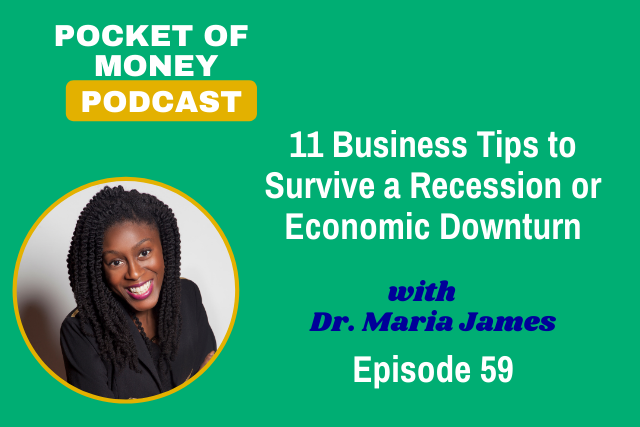10 Key Financial Wellness Tips for CEOs: Summary of the “Navigating Employee Financial Stress” Series

Over the past few weeks, the Navigating Employee Financial Stress blog series on Pocket of Money has explored what many executives overlook but every team feels: the hidden toll of financial pressure in the workplace.
From data-driven insights to personal stories, we’ve unpacked how financial stress quietly undermines productivity, engagement, and even retention. Now, we’re closing the series with a powerful roundup for CEOs and executive leaders ready to act.
Here are 10 key financial wellness tips every CEO should take to heart:
1. Acknowledge the Invisible Load
Most financial stress is silent—but it’s not harmless. Employees carry an invisible load that impacts their ability to focus, communicate, and thrive. Recognizing that this stress exists (even if it’s not visible) is the first step in leading a resilient and loyal team.
2. Normalize the Conversation
Financial stress carries stigma. Employees often feel ashamed or isolated. When leaders intentionally create space for open, nonjudgmental conversations about money, it reduces shame and builds trust across the organization.
3. Don’t Outsource the Responsibility
This is not just an HR issue. It’s a leadership one. While HR can facilitate programs, CEOs must champion the cause. Your voice, support, and personal buy-in set the tone for whether financial wellness becomes part of the company culture or just another forgotten initiative.
4. Tie Financial Wellness to Business Outcomes
Let’s be clear. This is not charity. It’s strategy. Financially stressed employees are more distracted, more likely to call out, and more likely to leave. Financial wellness programs directly support performance, retention, and morale.
5. Anticipate Resistance
Whether it’s from skeptical executives or hesitant employees, expect some pushback. Be ready with data, stories, and a clear explanation of why financial wellness matters. Preparation allows you to shift the conversation from “Why are we doing this?” to “How can we do it better?”
6. Start Small but Act
Waiting for the “perfect” program delays impact. Start small: a pilot workshop, a monthly money talk, or even a financial resource guide. What matters is taking visible, meaningful action that signals commitment to your employees’ well-being.
7. Align with Mental Health Efforts
Financial stress and mental health are deeply intertwined. Don’t silo your wellness efforts. Integrate financial wellness into broader mental health programs to create a holistic and supportive environment.
8. Track Early Wins
Before you expect ROI (return on investment), track early signals: employee participation, positive feedback, and morale shifts. These qualitative wins build momentum, validate your efforts, and help refine the approach.
9. Be Transparent and Consistent
Leadership must communicate consistently about the goals, availability, and importance of financial wellness efforts. Sporadic mentions aren’t enough. Employees notice when it’s clearly a priority and when it’s not.
10. Stay the Course
Culture change doesn’t happen overnight. Financial wellness is a long-term investment with long-term rewards. Stay consistent, keep improving, and celebrate progress along the way.
Final Reflection
As Dr. Maria James shared in the final article of the series, financial wellness is personal and it should be personal to leaders, too. When CEOs lead with empathy, strategy, and sustained effort, they don’t just reduce employee stress. They build stronger, more human-centered companies that earn and keep more revenue.
If you’re ready to take the next step, explore more resources at Pocket of Money or book Dr. Maria James as a speaker for your next leadership event.






Responses